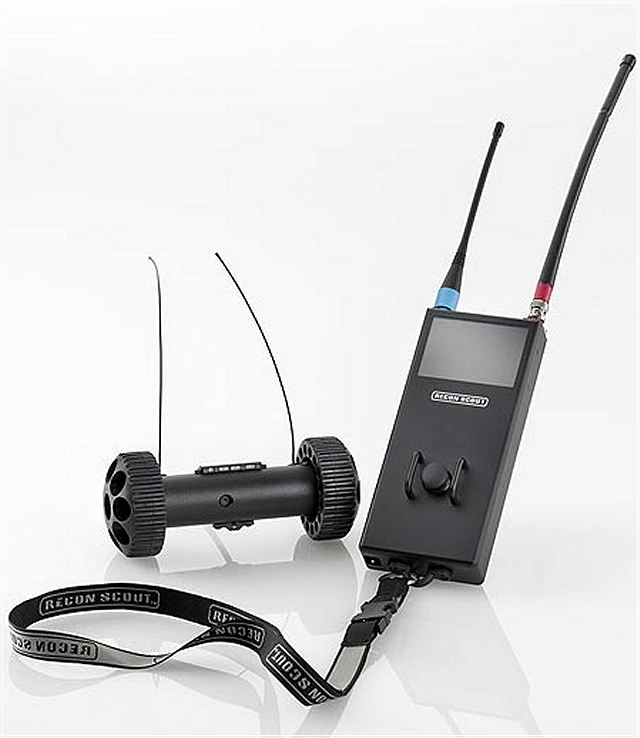Breaking news
United States army and Marine Corps seek small easily transportable throwable robots 0410111.
| a | |||
Defense News - United States |
|||
| Tuesday, October 4, 2011, 07:51 AM | |||
| United States army and Marine Corps seek small easily transportable 'throwable' robots. | |||
The
United States Army, Marine Corps and the Pentagon's Joint IED Defeat Organization
are working to procure and deliver thousands of small, easily transportable
"throwable" robots equipped with surveillance cameras designed
to beam back video from confined spaces, buildings, tunnels and other
potentially dangerous locations, service officials said. |
|||
 A Soldier throws a Recon Robotics - Recon Scout Throwbot XT robot. The barbell-shaped robot is is only 1.2 pounds, can withstand a 30-foot vertical drop and provides "eyes" or forward-positioned cameras able to capture images from dangerous locations. The device is currently being acquired by the Army's Rapid Equipping Force. (Picture U.S. army) |
|||
| "These robots can
provide dismounted troops that extra bit of stand-off distance,"
said Marine Corps Lt. Col. Dave Thompson, project manager, Robotic Systems
Joint Project Office. |
|||
 Recon Scout Robot with operator control unit |
|||
The Recon Scout XT Throwbot,
for instance, is only 1.2 pounds. The device is designed to withstand
a 30-foot vertical drop and provide "eyes" or forward-positioned
cameras able to capture images from dangerous locations. It is a small,
barbell-shaped robot with wheels at each end of a titanium tube along
with a camera, antenna and illuminator. The Recon Scout also includes
an operator control unit with a small viewing screen and joystick. The
Recon Scout is currently being acquired by the Army's Rapid Equipping
Forces, or REF. "The Recon Robot XT responds to the Soldiers' need to see where they're going before they get there. With this throwbot capability, warfighters gain situational awareness of an area, thus mitigating risks and casualties," an REF spokesperson said. QinetiQ's Dragon Runner, originally developed for the Marine Corps, weighs about 14-pounds and includes cameras, motion-detectors and an optional small manipulator arm able lift about 10-pounds. iRobot's First Look is about 10-inches long and weighs less than five pounds. The robot has four built-in cameras facing different directions and is engineered to withstand a 15-foot drop. It is waterproof up to three feet and is designed to climb steps as high as eight inches. The robot is configured like a miniature model of the well-known and widely used PackBot robot. The First Look's sensor payload includes cameras, thermal imagers and chem-bio radiation sensors. The Armadillo V2 is also about 5-pounds. It has four small wheels, is built to withstand eight-meter "throws" and also includes multiple cameras and thermal imaging. |
|||


























